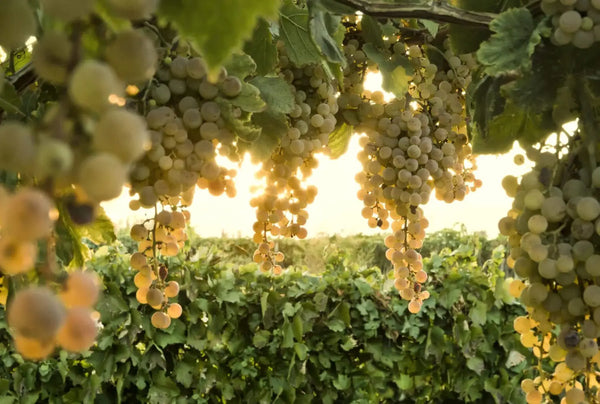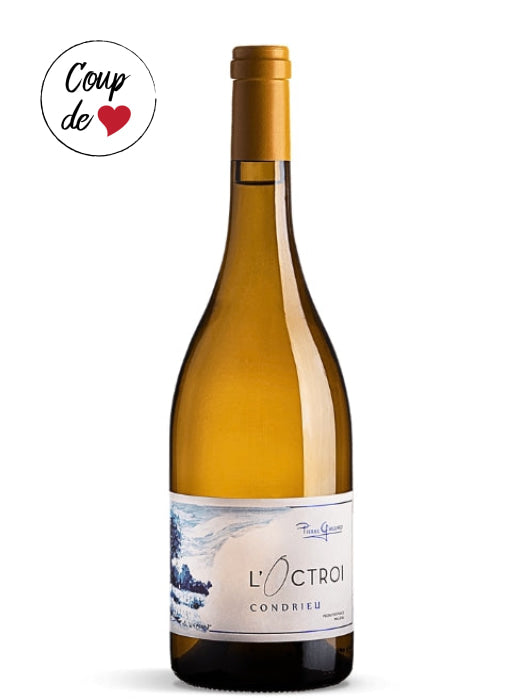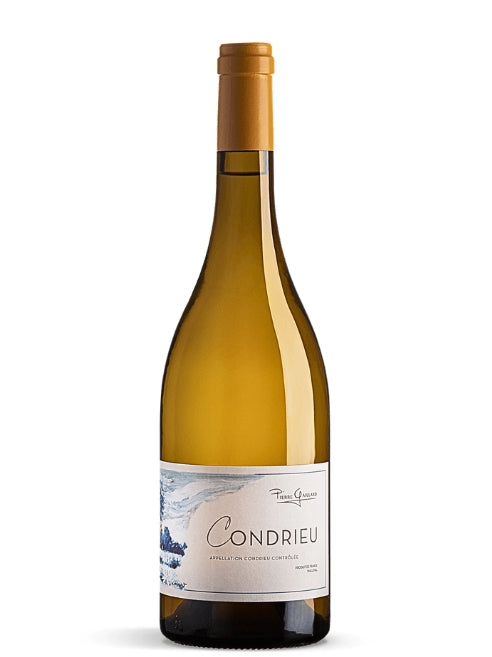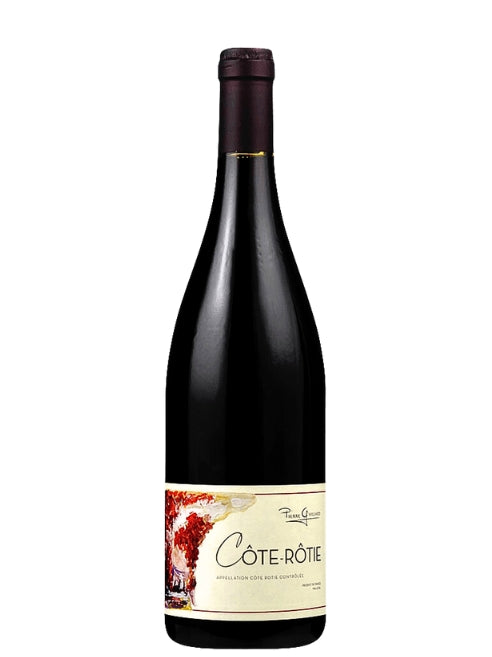While
Viognier is today
a variety firmly established in France and internationally, it almost disappeared in the 20th century. In fact, there were only
8 hectares left in 1965! The reasons ?
Phylloxera, an insect pest attacking the roots of the vine, which decimated a large part of the European vineyard at the end of the 19th century, but also
the First World War which provoked a massive abandonment of the vineyard.
Fortunately,
Viognier was replanted extensively from the 1980s and today covers
2,500 hectares in France. Admittedly, this is little compared to the 112,000 hectares of
Merlot, the 80,000 hectares of
Syrah or the 58,000 hectares of
Chardonnay planted in the country. . Nevertheless, the production of Viognier is now much better established.and has the wind in its sails!
So where does this grape variety come from? In which French regions is it present? Where is it planted abroad? What are its aromas? What to pair it with at the table and how to serve it perfectly? You will have answers to all these questions in this article.
Welcome to the kingdom of Viognier!
The Rhône Valley: Kingdom of Viognier
Coupons short of suspense: if there's one region to keep in mind when it comes to Viognier, it's the Rhône Valley! Its history is indeed intimately linked to this superb wine-growing area and its culture dates back to the beginning of our era.
As mentioned in the introduction, it was close to extinction during the 20th century, but fortunately, from the 1980s, winegrowers in the region were convinced by its great potential and its aromatic nobility, began to replant it.
Today, this delicious white grape variety extends over 105 hectares within its
master appellation Condrieu, located in the north of the Rhône Valley. In addition, Viognier is also present on a few hectares within
AOC Côte Rôtie (where it can be used up to 20% in blends with
Syrah ) as well as within the monopoly micro-appellation
Château Grillet.
Finally, it also spread to the southern part of the Rhône Valley, like the AOC
Châteauneuf-du-Pape, but also of the regional appellation
Côtes-du-Rhône whose majority of vines are concentrated in the south of the Rhone region.
Still in France, it is also found in Languedoc-Roussillon or in Provence and Corsica. Internationally, it has a strong presence in California, Australia, South Africa as well as in European countries such as l 'Italy, Spain and Greece.
You will therefore have understood that Viognier is very popular, and this beyond our borders. But then, what are the qualities of this grape variety that have allowed its revival?
Taste characteristics of Viognier
If Viognier is a particularly appreciated grape variety, it is in particular for its aromatic profile, offering
white wines seductive, gourmet and generous.The latter indeed has
a fairly low acidity as well as a
smooth substance in the mouth. In addition, its usual expression includes
stone fruit notes (peach, apricot, mirabelle plum, pear etc.), honey, as well as
floral aromas (hawthorn, violet, honeysuckle etc.) In warm climates, an exotic hue may even appear with hints of
banana or mango.
Finally, when this grape variety is aged in oak barrels(which is regularly the case, especially in Condrieu), of aromas of oak, butter , sweet spices and vanillaappear in its aromatics. Complicated to be more greedy than that, isn't it?
You will therefore have understood that Viognier is a tasty and consensual grape variety.and that's why it can appeal to neophytes as well as experienced amateurs!
What to eat with Viognier?
At the table, Le Viognier is a superb companion, able to adapt to a wide variety of dishes.
First of all, a Viognier expressing itself with greed and simplicity on fruity notes will make an excellent companion for aperitifs, seafood and cold starters. For example, you can very well imagine delicious pairings with oysters, green asparagus or even fresh goat cheese with a glass of this wonderful Rhône grape variety.
When the aromatics of Viognier become richer and
powerful,
lobster, salmon as well as shellfish and river fish (Crayfish, Pike, Bream, Perch etc.) then marry divinely well with him. We can also think of some
white meats as well as
cured cheeses. Finally, the
spicy and exotic cuisines also go wonderfully with the fat and the indulgence of Viognier.
We told you, a real off-roader!
How to properly taste a Viognier (temperature and keeping)
The serving temperature of Viognier plays a crucial role in revealing its flavors. Thus, La Cave Éclairée recommends serving between 11-13°C in order to preserve the freshness of the wine while revealing its aromas.
Furthermore, if for many years Viognier was perceived as a grape variety offering the best of itself during its youth, mentalities have since changed considerably.and rightly so!
Indeed, on the most beautiful terroirs and with the right vinification, some Viogniers are quite capable of withstanding a decade or more of aging ! They will then present sublime aromas evoking gingerbread, candied apricot or even musk.quite a program! Be careful however, not all wines made from Viognier lend themselves to long aging, which is why it is important to seek advice when buying one.
What are the best Viognier?
Although it is difficult to draw up an exhaustive list of the best Viogniers, La Cave Éclairée offers you a careful selection illustrating the quintessence of this grape variety. From delicate Viognier to powerful and intense Viognier, this list is sure to arouse your curiosity!
Now all you have to do is
combine practice with theory and pour yourself a glass of this wonderful Rhône grape variety! And if you need advice,
La Cave Éclairée is of course at your entire disposal!












